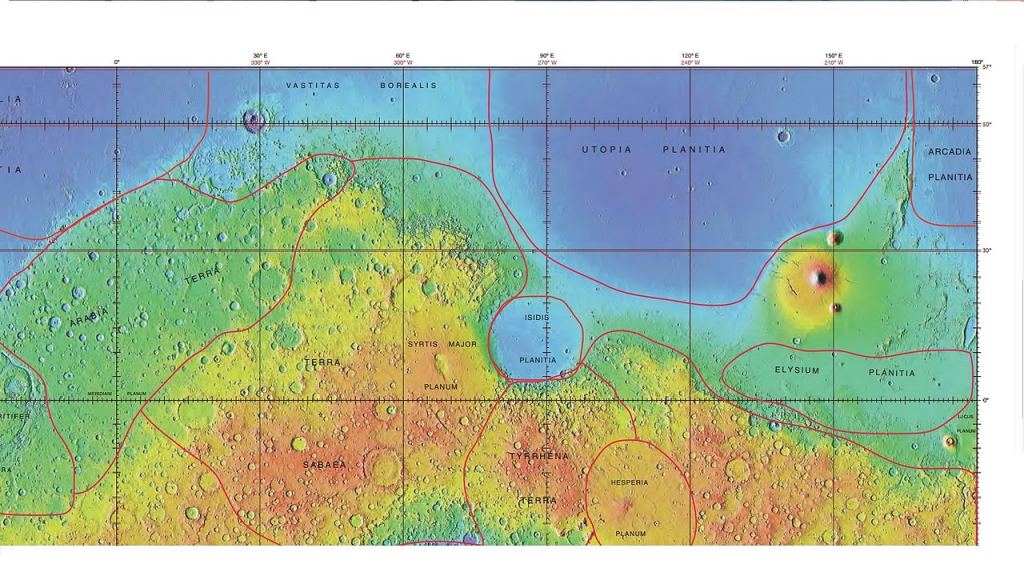In July there’s another launch window to Mars. It looks like China is ready to take advantage of it, by launching their first rover to the planet. It’s called Tianwen-1, meaning “Heavenly Questions”, or “Questions to Heaven.” The complete mission consists of a lander, an orbiter, and a rover.
The exact day has not been set, but according to the Xichang Launch Center it will happen between July 20th to 25th. This will be China’s first attempt at landing a rover on Mars. If successful, they’ll be in an exclusive group with NASA/USA. In a dramatic coincidence, NASA is also planning to launch their Perseverance Rover to Mars in the same launch window.
If the launch goes according to schedule, the Tianwen-1 lander and rover will reach the surface of Mars in February 2021. The rover’s mission is scheduled to last about 90 days, and the launch vehicle is a Long March 5 rocket.
Aside from the mission’s science objectives, there’s a lot of prestige to the mission, which seems to be very important to China’s totalitarian government. They’ve rapidly expanded their space program in recent years, including a successful lunar rover mission named Yutu-2. That rover was the first mission to the lunar far-side, adding to China’s prestige.
The Tianwen-1 rover will carry a variety of scientific instruments and cameras, including a ground-penetrating radar that can purportedly see about 100 meters (330 ft) below the surface. The rover will research landforms, and look for signs of past life on the planet.
As with any Chinese government activities, reliable details can be hard to find. They tend to keep the details to themselves, at least prior to a mission. The China National Space Administration (CNSA) had focused on landing sites in the Elysium Mons and Chryse Planitia regions, but apparently their focus has shifted. Instead, they’re now focusing on two spots in the Utopia Planitia region, a large flat plain and impact basin.

China is also set to launch another lunar probe this year, called Chang’e 5. That mission has not only a lander, but a sample-return vehicle too. And China is also scheduled to complete its own space station some time in 2023. They have to build their own space station, since the USA has too many security concerns to allow Chinese astronauts on the ISS. Their refusal to allow Chinese participation stems from a 1996 incident. When a Chinese rocket carrying an American satellite blew up after launch, China used the incident investigation to gather secrets on the satellite’s technology.
If there’s a new space race, Russia’s not really a part of it. Instead, it’s the US and China, with the ESA pushing forward too. The ESA’s Rosalind Franklin Mars rover is scheduled to launch in 2022, and land in the Oxia Planum region in 2023.
But no matter what location is chosen, landing successfully on Mars is no sure thing. There’s something called the “Mars curse” which is really just a recognition of how difficult it is to land something on Mars. A lot of things have to go right, and so far, only half of the missions sent to Mars have succeeded. NASA owns most of that success.
But times change. The past is the past. China has been growing their space-flight technologies step by step, and they have a real shot at getting their rover to the surface.
More:
- Press Release: China Focus: China to launch Mars probe between July, August
- Universe Today: China’s First Mars Lander is Going to be Called “Tianwen”
- Wikipedia: China National Space Administration

